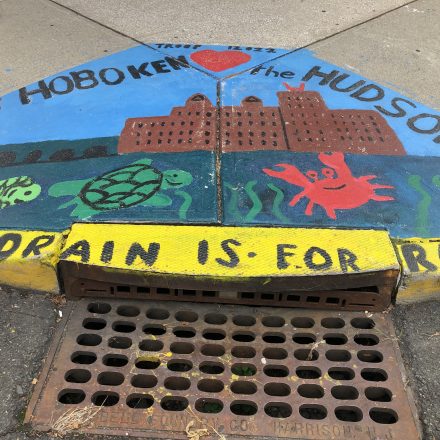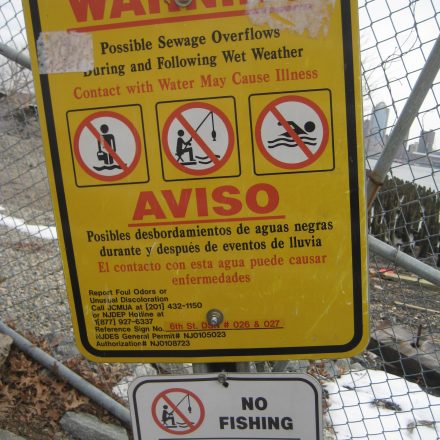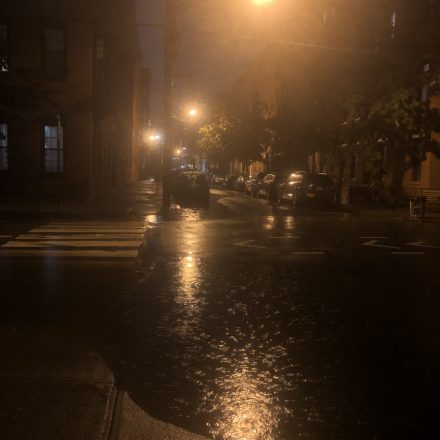CSO Communities: Cost Allocation Considerations
Twenty-one (21) municipalities in New Jersey contain combined sewer systems, which are sewers designed to collect stormwater runoff, domestic sewage, and industrial wastewater in the same pipe. These systems require Combined Sewer Overflow (CSO) permits from the state government, which regulate discharges to local waterways. Since domestic sewage is involved, the planning, operation and capital improvements for these systems are often funded by sanitary sewer fee revenues, which may be charged by the local municipality or a regional sewer agency. While stormwater is a component of the discharge, the sewer revenues rarely address all of the stormwater management needs within the combined sewer system areas. Also, many of these municipalities may also have separate storm sewer systems within their jurisdiction that must be funded. While not common nationally (since there are less than 1,000 municipalities with combined sewer systems), municipalities with combined sewer systems often form stormwater utility funding programs to address their stormwater needs. According to a 2018 Stormwater Utility Survey produced by Black and Veatch Management Consulting, LLC, 11 percent of respondents reported that at least a portion of their jurisdiction included a mixture of combined sewer areas.



For local governments with combined sewer system areas that are interested in exploring the development of a stormwater utility program, special care must be taken to identify what services will continue to be funded by sewer revenues and which will be funded by a new stormwater user fee. Stormwater utility revenues must be accounted for separately and may only be used for the stormwater component of CSO projects. Funds can be used for shared services, but the share must be reasonably related to stormwater management. From a public perception standpoint, this is also important when a regional sewer agency provides the sewer service while the local government wishes to charge for routine stormwater services. The goal is to avoid the appearance of “double charging” for services provided.
There are no defined rules within the industry for how to divide the cost between sewer and stormwater services. As every community is unique, the allocation of costs must be performed on a case-by-case basis. Some example considerations from other combined system utilities are listed below:
- Some communities only charge stormwater user fees within the separate storm sewer portion of the jurisdiction. In these places, properties within the combined system are not charged. Other communities charge stormwater user fees within the combined sewer portion as well.
- All costs related to the NPDES MS4 Permit regulatory requirements are typically paid through stormwater revenues.
- For sewer separation projects, some communities will continue to fund the capital cost of the separation project with sewer revenues (since it’s often the basis for prior sewer fee rate setting), and only the long-term maintenance of the newly installed stormwater system is paid for by stormwater revenues.
- Combined sewer storage facilities and treatment systems typically stay funded by sewer revenues, despite the obvious impact of stormwater on the size and operation of those systems.
- Green stormwater infrastructure may be used for both surface water treatment and stormwater volume reduction for both separate storm sewer systems and for combined sewer systems. Some communities have chosen to continue funding the GI systems associated with CSO consent decree requirements with sewer revenues while funding GI in the separate areas with stormwater revenues.
Click here for a detailed case study on a CSO community that effectively established a stormwater utility.